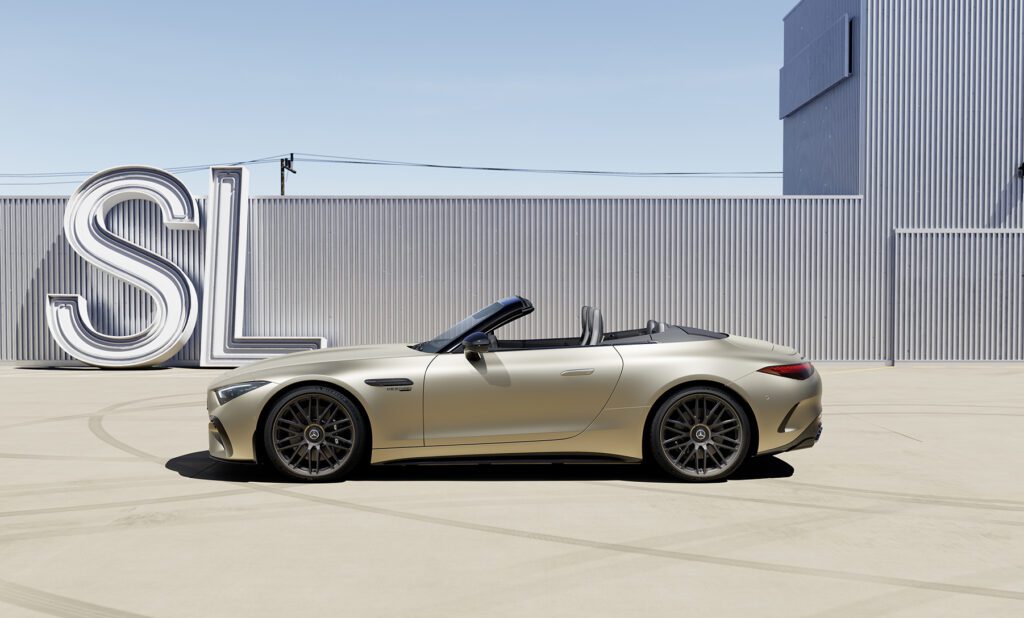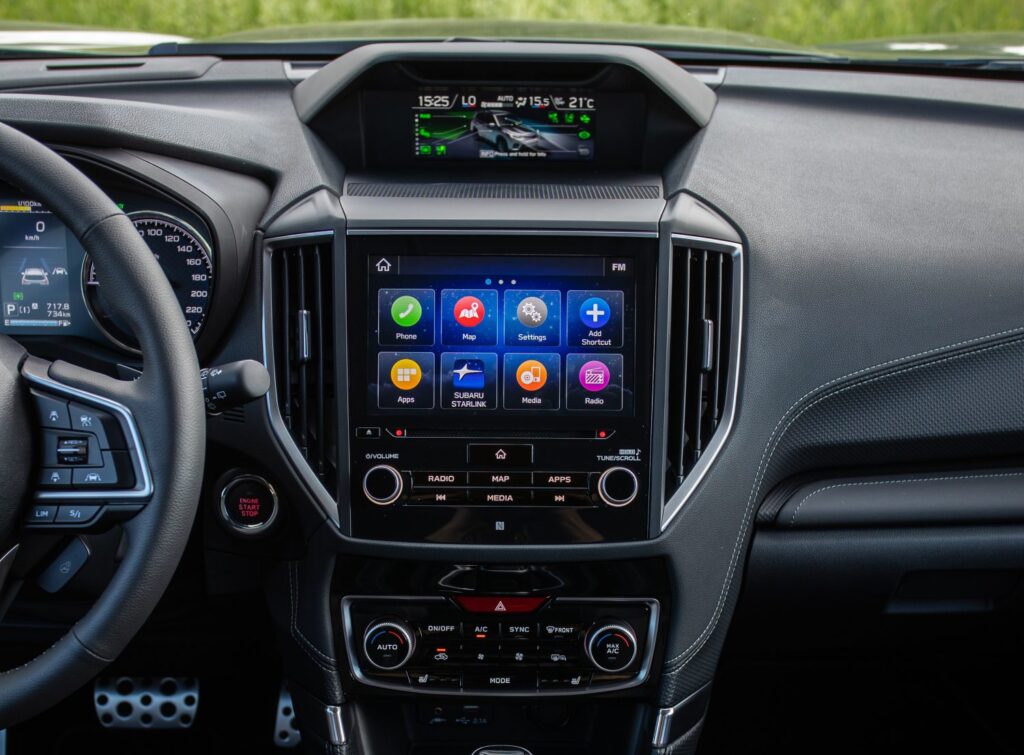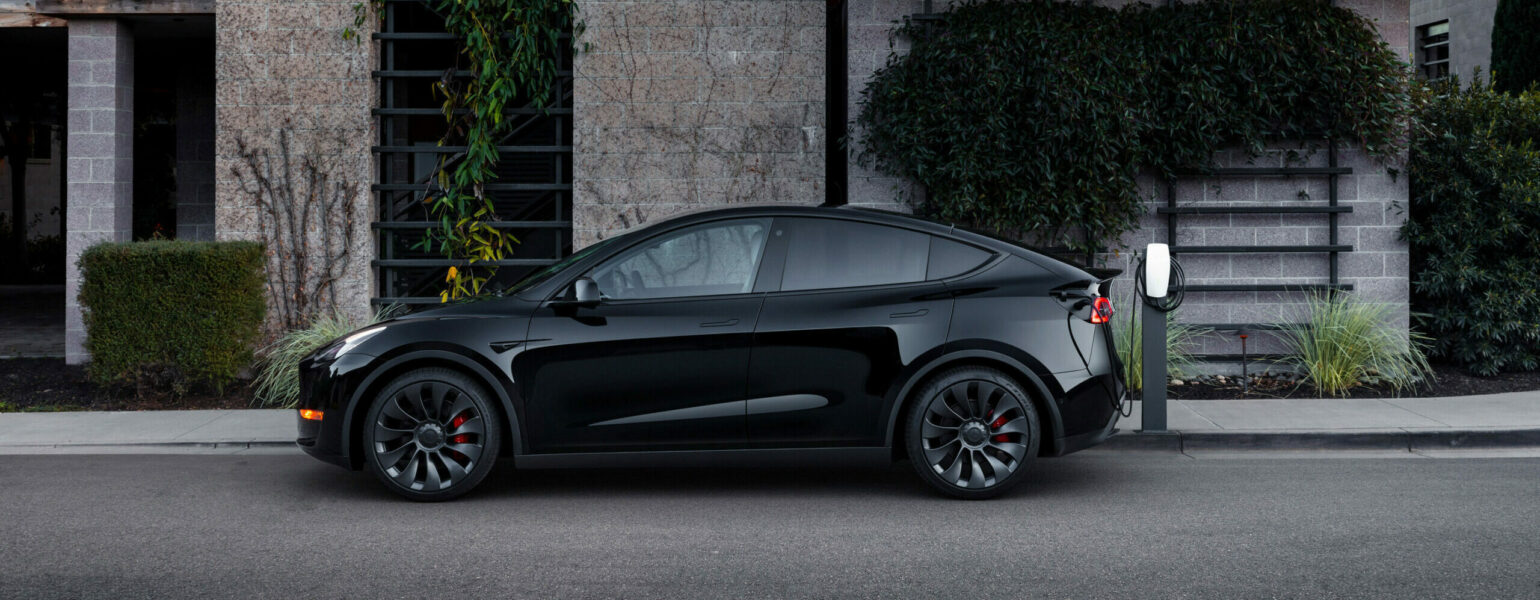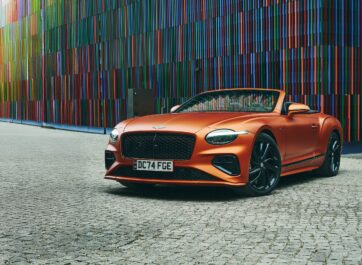
What Else Is Disappearing From Our Cars?
With the combustion engine ban coming into effect within the next 10 years it won’t be long until there are no more new petrol, diesel or hybrid cars on the market. Whilst this is something that we have seen coming for a while now, there are a number of other automotive related things that are seemingly also disappearing without us noticing. So, what else is disappearing from our cars?
Some are a direct result of the car market shifting to electric only vehicles, whilst others can be contributed to buying habits or lack of demand by the general public. Just as wind-up windows, manual heating controls and pop-up headlights were lost to previous generations, there are some surprising aspects of modern-day motoring that may not be around for much longer.
Manual Gearboxes
The demise of the manual gearbox was always going to be something that happened with the introduction of electric vehicles. With no need to change gear, the concept of a gear box at all is something that may not be around for much longer. Whilst the death of the combustion engine may signal the definite end of the manual gearbox, its days were already numbered anyway.
Not too long ago an automatic gearbox was sluggish, slow and reluctant to ensure it was in the gear you wanted to be in at any one time. They were indecisive at the best of times and if you wanted to do a bit of spirited driving, they did little to help progress. Despite being around since 1921, the idea of an automatic gearbox was something that didn’t generate any excitement.

At the turn of the century the invention of the dual-clutch automated transmission brought along a revolution in gearbox technology. Making shifts seamless and seemingly instantaneous. The option to change gear yourselves using ‘flappy paddles’ also gave the driver much more control and was much easier and more efficient than having to change gears manually.
Whilst many consider the manual gearbox to be the sign of a ‘proper driver’s car’ there are less and less available on the market these days. In the past year alone, the number of cars for sale that have the option of a manual gearbox has dropped by 20% to less than 90 models. Just 7 years ago almost 80% of new cars registered had manual transmission, in 2023 it was less than 30%.
Brands such as Volvo, Tesla (as EV-only makers), Lexus, Mercedes Benz and Jaguar (before they stopped selling cars altogether) do not offer a manual at all, In Land Rover’s entire line up, only 1 model of Evoque is available with a manual gearbox, the same for Honda with the Civic and Jeep with the Avenger. Porsche have recently stated their belief that the combustion engine still has a place and seemingly also the manual gearbox, their 718 Boxster, 718 Cayman and 911 models are all available with a gearstick.
Convertibles
The idea of being able to fold the roof down on your car is by no means a new concept. Early cars barely had a roof at all and even when they did, they were often clumsy and flimsy affairs that were likely to fold away whether you wanted them to or not. Even the functionality of a folding hard top is not a new idea at all, as far back as 1934 Peugeot unveiled their 601 Eclipse which featured a retractable hard top that folded into a storage compartment behind the seats.
In the UK, despite the unfavourable weather, we have long been considered Europe’s ‘capital for convertible car sales’. In the early 1990’s more than 90,000 convertibles were registered annually but sales have been in decline ever since. Last year just over 16,000 were registered.

However, it might not be merely down to lack of demand but rather lack of available options for consumers. In 2007 there were almost 60 models of convertible for sale, by 2020 that number was 40 models and by 2024 it is just 13 models from only 10 brands. With those remaining models, at least three of those are approaching the end of their production run without any mention of a replacement.
Drop-top models such as the Mazda MX-5 and Jeep Wrangler have been sold in the UK continuously now for 34 and 27 years respectively, but how long they will continue remains to be seen. With the shift towards EV’s that issue is even greater still. Only Fiat and Abarth (with essentially the same car), Smart and Mini offer convertible electric vehicles, with the recent MG Cyberster making the total just 5 models for the foreseeable future.
All of this means that along with the manual gearbox, it isn’t that the demand is no longer there, more that manufacturers are limiting their customers options. With brands having to adapt to what models they think will sell across Europe and globally, the fact that the UK loves a convertible car isn’t enough to warrant a focus on ensuring we have enough drop-top options. This does seem a shame however, as if any body style suits the benefits of the silent running of an EV whilst wafting through the countryside, it would be a convertible.
Wing Mirrors
The demise of the wing mirror seems like a very unnecessary one. A case of ‘if it isn’t broke don’t fix it’ yet something that the birth of the EV has meant some manufacturers are keen to include as much technology as possible. With reversing cameras, surround view cameras and additional parking aids, it was only a matter of time before the wing mirror was rethought.
Replacing the wing mirror as we know it meant the introduction of cameras in place of the mirror, then small, fixed screens on each door to show a live stream of what the mirror would traditionally show. Whilst this seems like a modern day update of something that has been in use for almost as long as the car has existed, it does seem to create additional issues.

One of the benefits of a mirror is that as well as the overall viewpoint being able to be adjusted to suit your driving preferences, something that the cameras can obviously also do, you can also adjust your viewpoint to quickly see a different angle whilst manoeuvring. A quick adjustment to your viewing angle can mean you can see that object behind you or how much space you have to see how close you are in an instant, a camera just displays a fixed image of where you have set it.
Also, with a wing mirror being larger it instils confidence that you know if the mirror is missing a passing object the rest of the car is also clear. The cameras are often smaller meaning that same confidence isn’t as reassured as it with a mirror. Also, if you do happen to clip and damage a mirror it is likely to cost a lot less than a replacement camera.
Thankfully manufacturers have cottoned on to the fact that a simple mirror may be a more effective and useful piece of equipment rather than having to update them, as wing cameras are becoming less common than they once were. Hopefully it is a sign of a trend in technology that actually wasn’t as useful as once thought, and that they should leave well alone something that was perfectly fine to begin with.
Physical Buttons
In the same way that the introduction of the iPhone meant that the vast majority of phones from then on had a lack of physical buttons, car interiors seem to be heading the same way. The introduction of the EV, and in particular the minimalist interiors of manufacturers such as Tesla, has meant that a large proportion of brands are following the same trend.
With most electric vehicles being equipped with a large touch-screen on the dashboard, they have taken advantage of the fact that nearly every electrical function can than be controlled from this one screen. The simplicity of being able to control everything all in one place rather than have to fumble around for the correct button or control means that there is little need for additional physical controls on the dashboard or anywhere else.

Whilst in practice this seems like a much easier way to control functions for the car, the ability to navigate the many options whilst attempting to concentrate on the road ahead can often be tricky. Something as simple as adjusting the radio or heating controls can often be a difficult exercise if those controls are buried in multiple menu screens and options.
As a result, many brands offer countless adjustment to settings and controls in the touch screen menus, yet the basic controls for things like heating controls are either always on display or the physical buttons have made a return in one way or another.
CD Players
This may be something that doesn’t necessarily impact many people but when was the last time you saw a CD player in a new car? Most people now have music streaming services which can either be connected directly to the car or wirelessly transmitted through your smart phone to the car as you drive along. Whilst that can be very useful, there is something very reassuring about being able to physically have a CD in your hand that you can play as you drive along, as well as being less reason for distraction.
As of this year however, the in-car CD player is officially dead in mainstream cars as the last remaining brand to include one, Subaru, removed the function from their update of their Forrester. Just last year the Subaru XV, Porsche 718 Boxster and 718 Cayman models and the Lexus LC also offered a single CD player in their cars. CD player fans can rest assured that the Isuzu D-Max pick up truck has one equipped in three out of the four available trim levels.

Mercedes Benz started the in-car CD player trend way back in 1985 as a replacement for cassette tapes, something that itself was still available right up until 2009 in the Lexus SC. The medium itself actually saw a 3.2% rise year-on-year in the first half of 2024 so there are still plenty of people out there using the format to enjoy their favourite brands. Will it be yet another car accessory that returns on future models due to demand? It remains to be seen.
What Else?
These may be the things that are seemingly disappearing right now, but what else could we see no longer being in our vehicles over the next decade or so?
It might sound far-fetched at the moment but perhaps something we may not see in the not-so-distant future is steering wheels. If driverless cars become more commonplace on our roads, why would it need a steering wheel at all. Surely offering the driver the ability to steer themselves would make driving more dangerous than the abundance of sensors and systems that a self-driving car has in place, so why not just remove them entirely.
In the same way, the advancements in adaptive cruise control systems and autopilot functions may mean pedals are no longer a thing. You could just set the speed, and the car does the rest even if you may have to steer the vehicle yourself for now. Many EV’s are already capable of ‘one-pedal driving’ using the effect from regenerative braking for the motor to negate the need to brake at all. Coupled with collision avoidance systems and auto braking, maybe the brake pedal at least is not long for this world.

Also, if the car has no need for pedals, or steering wheel and no need to control the way it is driving why distinguish between a driver or passenger seat at all. There would obviously be some control functions to set the route for the car and things like the heater controls but there may not even be a dashboard as such. But even if there is, does it need to be at the front of the car at all? Why would you even need to face forward? Car design would be very different if all cars were free to be laid out as the designer thought was bet rather than just in the direction of travel. A lounge setting or perhaps a mobile office would be much more productive or useful during your journey.
Okay the last few points might seem a bit far-fetched right now but think back 10 years ago. Who would have thought that combustion engine cars were going to be banned altogether, the ever-popular manual gearbox would be on its way out or that the BMW i3 would no longer be the second most popular selling EV.
Oracle Car Finance
Whatever type of car you’re looking to fund you can get in touch with us either by calling 0800 012 6666 or clicking here.
With over 2,500 Trustpilot 5-star reviews and as four-time consecutive award winners of the ‘Best Specialist Car Finance Provider’ award from 2020 onwards, you too can find out why thousands of people trust us time and time again to find a smarter, tailored funding solution when looking for your next dream car.
Make sure you follow us on Instagram, LinkedIn and Facebook to keep up to date with what’s happening in the market and to see some stunning photos and videos of the amazing cars we fund.










